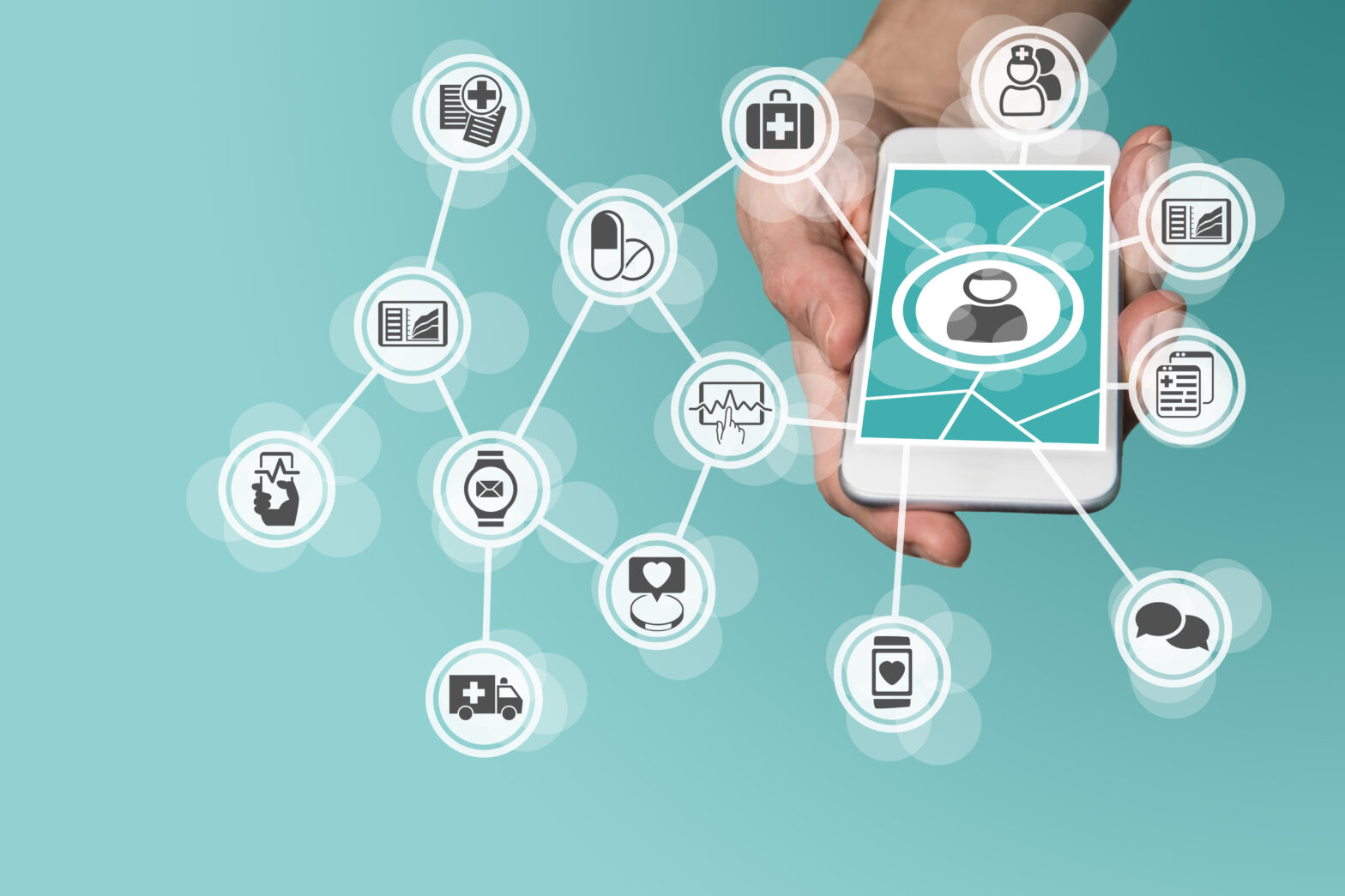Technology has never had more of an impact on people’s lives than today. Whether it is shopping online, chatting with friends or collaborating and working with colleagues across the world, digital services have transformed the way people act and the emergence of trends such as the Internet of Things will only continue to accelerate this.
One industry in particular that has seen a huge impact from digital is healthcare, where technology promises great advances in medical treatment and research.
The industry is quickly moving to an age where self-diagnosing is just around the corner. The use of wearables can also take this to the next level, bridging the interface between patient and clinician.
For example, there is an increasingly number of technologies to help diabetics monitor blood glucose levels and in some cases provide automatic administration of a correct dose of insulin.
>See also: The future of IT in the healthcare sector
There are also wearable devices that can monitor heart rate, respiratory rate, heart rhythm, temperature, oxygen level and blood parameters, activity and sleep.
As well as this, they can alert citizens when they are about to be sick and also predict their risk and suggest interventions to avoid becoming ill in the future.
The ability to gather biometric data on millions of people and mine this to identify predictors of disease will be a big advance in the next decade.
The reality
However, while technology is driving medical development, day-to-day healthcare services are being left behind and have yet to become digitalised.
From managing the patient waiting room to organising staff rotas, the potential technology can provide is huge – yet it is being untapped.
Added to this, budget cuts have been at the forefront of many people’s minds, causing cut backs and disruption, not allowing organisations to run at their most efficient.
It’s time for healthcare organisations to adopt cost effective, small changes to revitalise these healthcare services bringing more flexibility and agility into the NHS. It will be these small changes that have the most impact on the healthcare industry.
Small changes that make a big impact
If the reader looks back over the last 100 years, the biggest advances in medicine have often been the most simple of things, for example the introduction of hand washing or the start of antiseptic surgery.
This is also the case with technology as it’s the simple changes that can have the most impact, for example, booking GP appointments online instead of dealing with over-stretched receptionists.
>See also: Medical innovation: bioelectronics redefining healthcare
Or a staff rota that allows employees to work more flexibly and in turn be more productive when working shifts. Technology needs to empower people at a basic level, which it currently isn’t doing.
As well as this, a lot of healthcare organisations rely on paper to log patient data and organise staff rotas. Not only is this a security risk, it also means that there is a lot of unnecessary admin that could be avoided.
The most powerful computing capacity in most UK hospitals is usually a patient’s phone. Shocking isn’t it?
But the future looks more positive. In February 2016, it was predicted that the NHS could be paper-free by 2020, following a £4.2 billion investment to bring modern techniques into the health service.
This move to help staff become more tech savvy and allow people with long-term conditions to send health data to doctors and nurses over the internet is a simple change that could have a huge impact on patient care.
It would also ease pressure of emergency services and allow staff to build better relationships for patients.
In addition, there has been lots of talk about Wi-Fi in hospitals. Up and down the country access to free Wi-Fi has become the norm. Yet according to a ‘Freedom of Information’ request, 64% of NHS Trusts do not offer Wi-Fi to patients.
Instead, third party suppliers provide limited access to the Internet at a substantial cost, sometimes up to £10 a day. It is a missed opportunity to improve the patient experience and the lack of Wi-Fi prevents doctors and nurses from using mobile devices, which would make their jobs easier and them far more efficient.
On top of all this, organising staff has never been easier. By empowering staff through intelligent digital schedules and allowing them to choose their own hours and more easily switch between themselves, healthcare organisations can create a more productive and engaged workforce, reducing staff turnover and decreasing agency costs.
>See also: How digital health could revolutionise the mental healthcare system
For the NHS, this means agency spend would fall drastically, saving millions of pounds a year, as it would be more effectively using the resources it already has. It’s not the number of hours that is the problem; it’s the flexibility that’s missing.
What’s next?
While there is no quick fix, it’s time for the NHS to start making small changes with technology adoption. Whether it’s with mobile technology, the implementation of Wi-Fi or digital staff rotas, it is these digital services that can help make the patient experience better.
Technology is all about empowering staff and patients and it’s time for the NHS to step up in today’s digital age.
Sourced by Chris McCullough, co-Founder and CEO at RotaGeek










